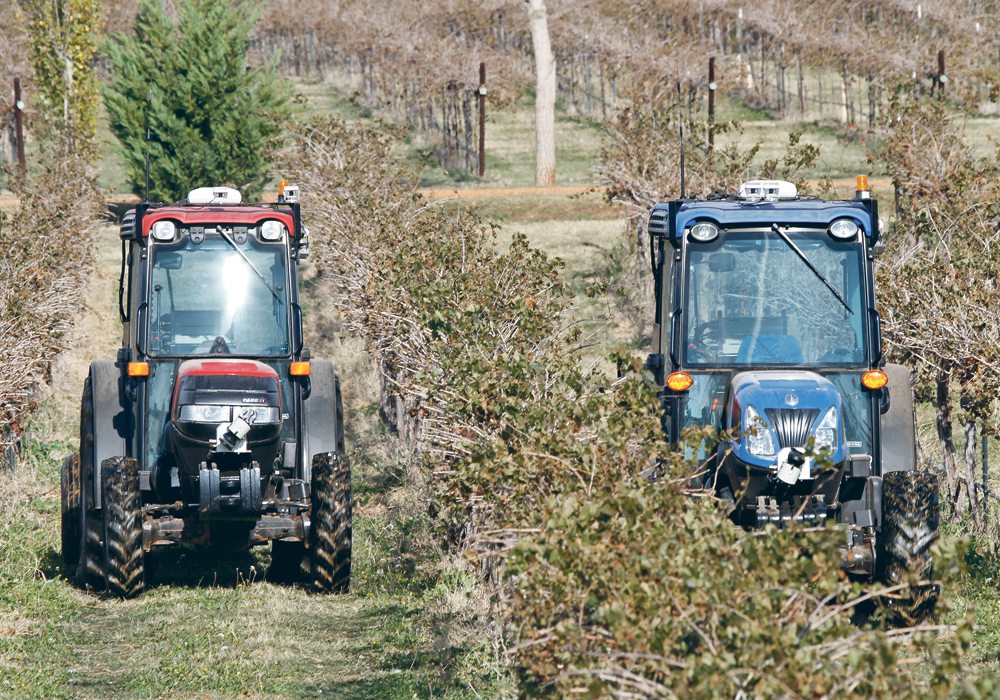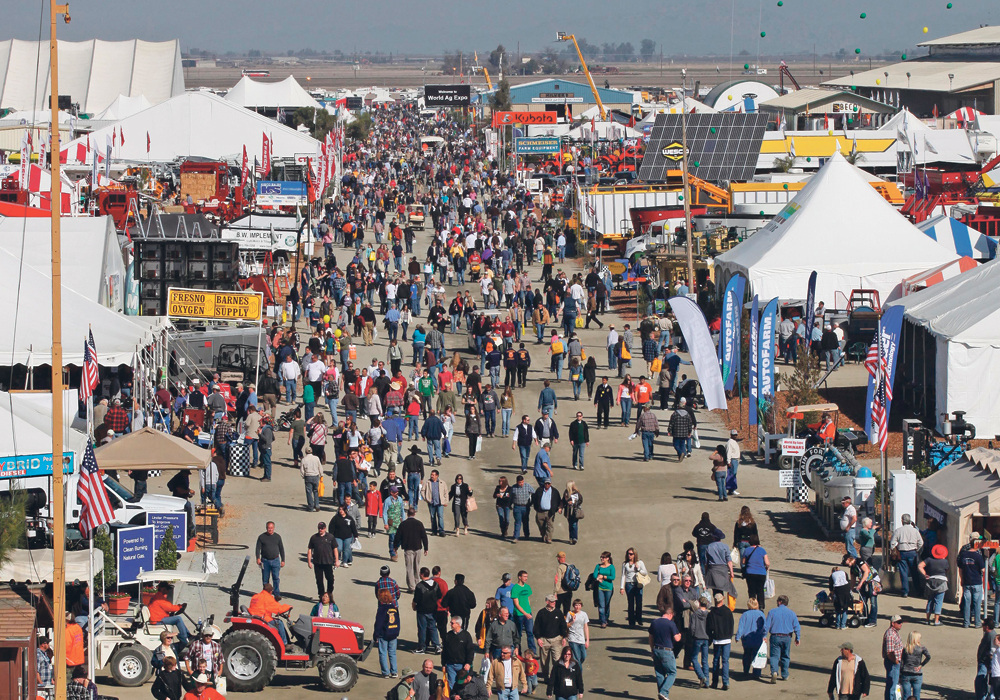Back in my boyhood days on the farm, labour was the way to get things done. Our home farm was small but mostly self-sufficient. I and my three brothers milked cows by hand, stacked small hay bales in the barn by hand and cleaned the cattle and hog pens by hand.
When we expanded the dairy operation and bought more cows, hand labor wasn’t getting it done and we needed to purchase milking machines.
When the three younger brothers left the farm, my older brother who remained on the farm lost most of his labour. He found it necessary to replace labour with additional equipment.
Read Also

Manitoba community projects get support from HyLife
HyLife Fun Days 2025 donated $35,000 each to recreation and housing projects in Killarney, Steinach and Neepawa earlier this fall.
This is how most industries mature — as labour becomes more expensive or less available, it is replaced with capital such as equipment or technology.
In California, economic and political forces have combined to make farm labour less available and what is available is more expensive. Agriculture isn’t the only industry facing this trend, but with the amount of manual labour that has been historically used, it’s more pronounced in agriculture.
This means growers have a decision to make. It doesn’t take a high level of calculations to determine how much the total labour costs are going to increase and compare that to the cost of a technology that replaces that same labour.
Robots in agriculture are an easy example of a “hot” new technology that is being researched and developed to replace labour.
I say new, but robots have actually been around a long time. Robots in car manufacturing have been spot welding and painting auto parts for many years.
Repetitive and detailed tasks are perfect tasks for a robot, and agriculture is full of repetitive detailed tasks. Pulling weeds, spot spraying weeds, picking product and grading product requires many people doing the same thing for hours at a time.
If we use the term “robot” loosely, it can describe a wide range of systems that are already in use. There are machines that can sense the size and quality of oranges and put them into the appropriate grading container. It is not what most people think of as a robot, but it is automated equipment that takes the place of human labour.
As a precision ag instructor, I see two sides to this issue.
One side sees the loss of human capital being replaced robots. These are people now unemployed and need to make a living wage.
The other side says, that is progress. Technology is making life easier and taking away the menial tasks that nobody wants to do.
How do we reconcile these two sides? Get ahead of the robots.
People are obviously being replaced by robots doing menial jobs, but it is also creating new advanced jobs.
Robots still need a person to operate them, set them up, program them, repair them and sell them. There is the possibility that the people who are being replaced will end up on the unemployment line, but getting ahead of the robots means to me that they could be learning about robots to work with them instead of being replaced by them.
I have no data and I am sure that every person who is replaced by a robot isn’t needed to service or work with the robot. That would not make the robots any more labour efficient than the field workers in the first place. But for a number of people who are displaced by a robot, there will be jobs directly related to that robot. Who that is depends on the education that they are willing to complete.
One reason this topic has come to mind is that I had the privilege of serving as a judge at the FIRST Robotics Contest this spring.
FIRST is an organization that organizes contest events for which teams of high school students build robots that can complete a set of tasks. These tasks are relatively simple, such as picking up a box, lifting it and placing it on a moving platform. These tasks can be completed by an operator using remote control or they can be done autonomously, which means entirely by the robot without control by an operator.
Agricultural robots are surprisingly similar. The sensors, the programming, the control hydraulics and actuators are there — it’s only the tasks that are different.
In agriculture, the tasks will be to identify a ripe strawberry or a weed instead of a box and plucking the weed or picking a strawberry instead of picking up the box. These students are learning the basics of robots and automated systems. They are the people who have got ahead of the robots and made precision happen.
Terry A. Brase is an agriculture consultant, precision agriculture educator and author. BrASE LLC. Contact him at newsroom@producer.com















